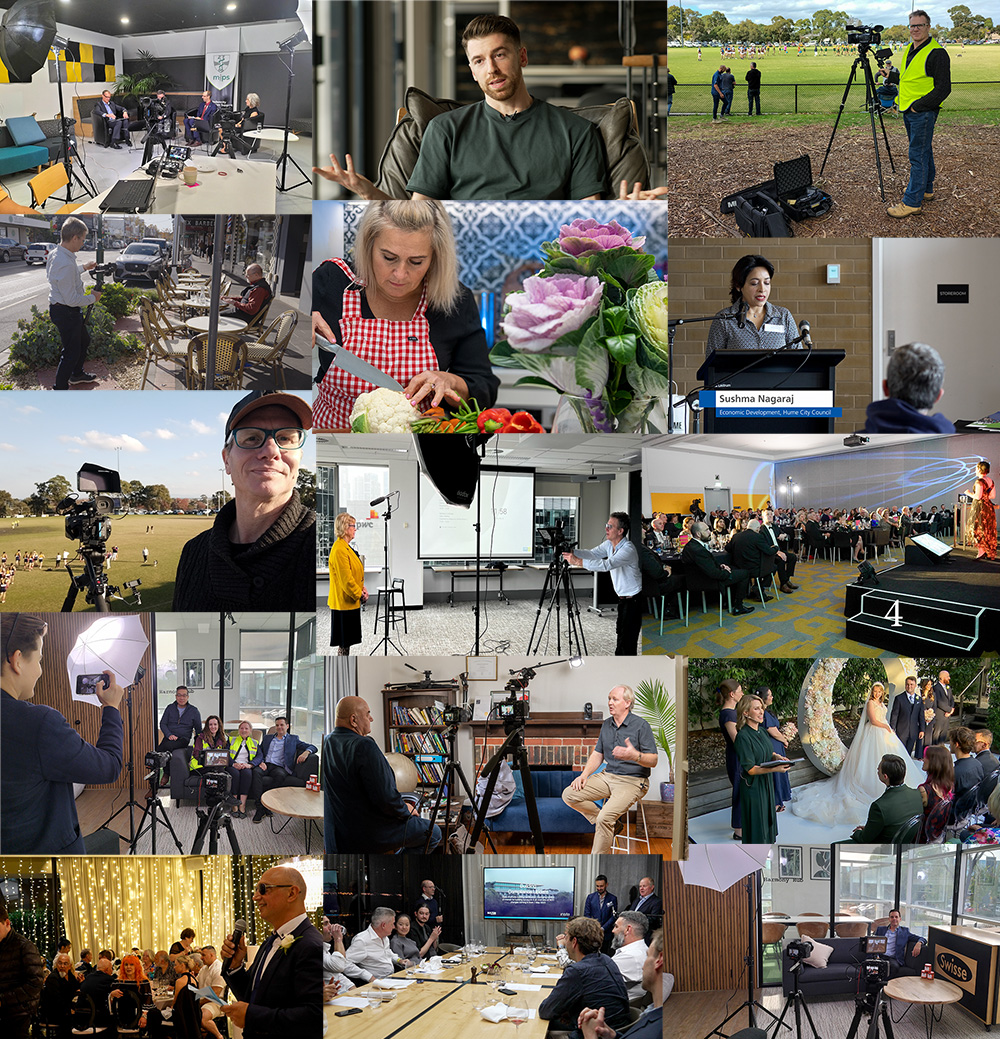Normally before filming a video I have worked out scene-by-scene how a video is going to look by writing a script. It’s a plan you can liaise with the client over, so you both know what to expect.
In this case study, we didn’t have a script. We winged it. This article reviews how that went and answer the question: Do I really need a script for my video?
It’s a ‘how-to’ video for NuShots, a Melbourne based photograph printer. NuShot’s arranged to film a client who is a professional photographer.
We turned up at her house, with a rough idea to film her demonstrating how to order their products online, plus she gave a testimonial. This was ‘the plan’.
We talked through what we were about to do, and then did it.
It’s often said that more time spent in pre-production (script writing) saves time in post production (editing) and, whilst true, there are degrees.
To Plan or Not To Plan – The Verdict
When I later went to edit, we had too much dialogue about each step in the online ordering process, with too many ums and ahhs that were hard to delete without a jump cut. Now this was nothing to do with our photographer talent, she was fantastic and few of us could do as well. And as we were filming, I thought the content was good, which with some editing, it was. When I first strung the footage together for the first clip, it came to about eight minutes. With another cut it came down to under three minutes.
See what you think:
The gear used was simply a wireless lapel microphone for sound, one 50 watt LED light panel reflecting from the ceiling as well as daylight from behind the computer screen, and a Sony fs700 camera. I also filmed “B-roll” footage of the photographer’s framed pictures using a slider.
I think it came together well and the client was happy. It would have given me more comfort to have planned it more beforehand, but sometimes it’s just not practical until you and all the players are there together. In the end, I think a bit more time spent planning and scripting would have saved time filming and editing in this case.
Author: Keith Rhodes






